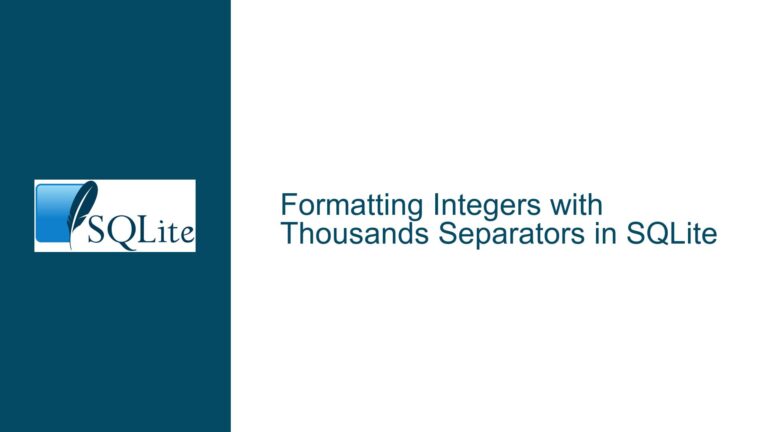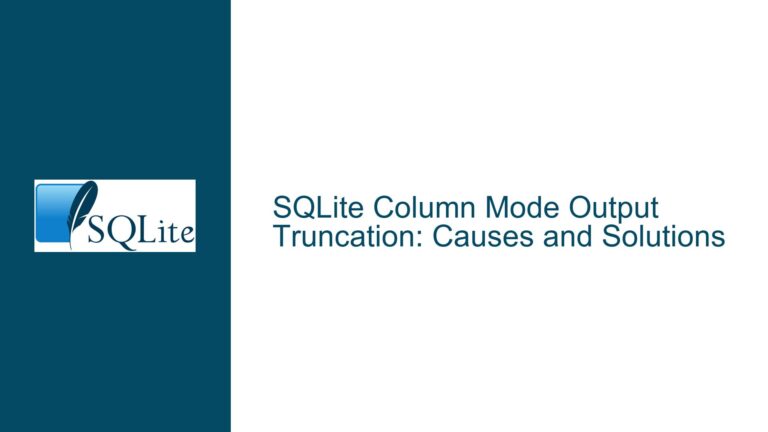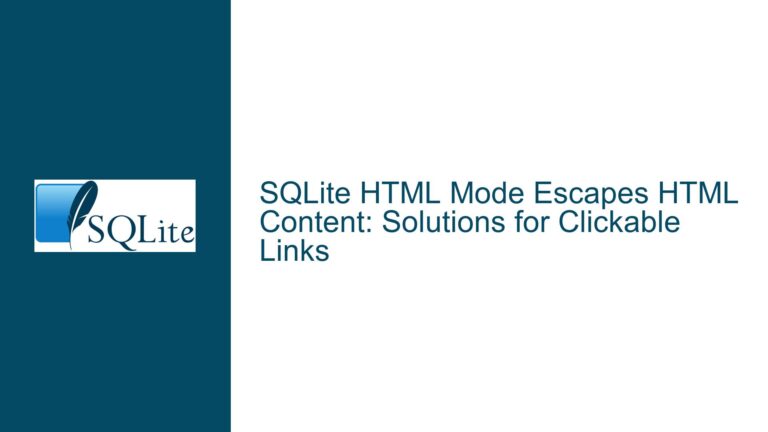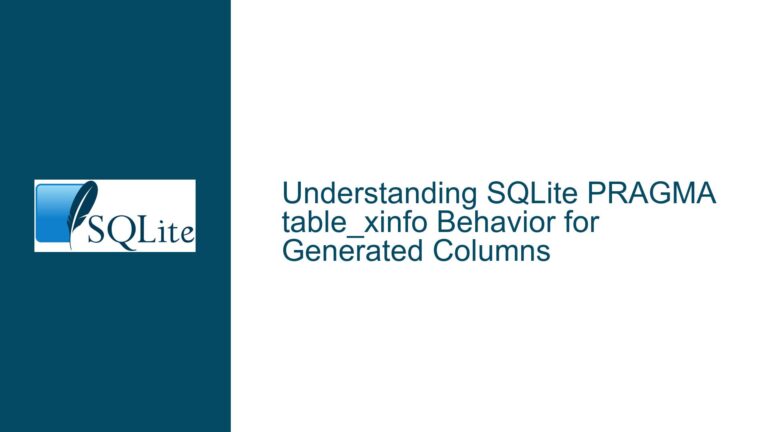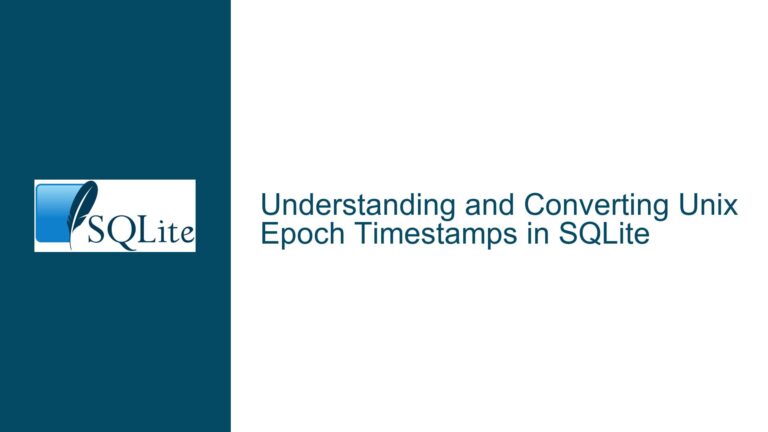Displaying SQLite Count(*) Results in HTML Using JavaScript and jQuery
JavaScript and jQuery Integration with SQLite Count(*) Queries When working with SQLite databases in a web application, it is common to use JavaScript and jQuery to interact with the database and display the results on a webpage. One frequent task is retrieving the count of records from a table and displaying that count in an…

